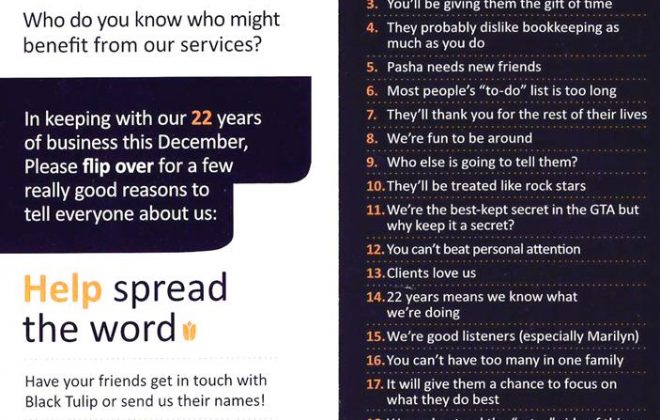Millennial-Ready or Just Good Smart Business?
 A millennial visits your company website to make an online purchase. A pop up message offers a 30% discount in return for answering a single-question survey. She clicks “yes”. Oops. The survey doesn’t load the first time. However, you’ve lucked out and attracted a particularly patient millennial, so she stays with you—that is until she reads the instruction, “Print coupon here”. Print?
A millennial visits your company website to make an online purchase. A pop up message offers a 30% discount in return for answering a single-question survey. She clicks “yes”. Oops. The survey doesn’t load the first time. However, you’ve lucked out and attracted a particularly patient millennial, so she stays with you—that is until she reads the instruction, “Print coupon here”. Print?
Bzzzzzzzzzz……time out.
Customer jumps to another website. You’re history.
The millennial generation is now the largest worldwide, and soon their purchasing power will eclipse that of the Baby Boomers. They are going to control consumer (B2C) dollars and corporate (B2B) dollars as they take their places as decision makers across North America.
Last year, Black Tulip provided some suggestions for Doing Business with Millennials. http://blacktulip.wpengine.com/doing-business-with-millennials/ It’s time to look at specific “hits” and “misses” as to what the millennial customer expects from those of us who provide products and/or services—and what makes them “click” away.
Technology has to work
Along with being totally comfortable with all kinds of technology, millennials assume that technology always works, and by definition, it is user friendly. In fact, younger millennials have no experience with the concept that downloads could take more than a few nanoseconds, or the Internet could ever be “down”.
So if you are offering products and services to customers via technology, make sure you’ve eliminated the bugs. Milleninals won’t work around the problem; they’ll just direct their request to another provider. If something takes too long, you’ve lost them. Free wifi has to work (and be free without a catch) or watch them get up and leave.
Pretend to listen at your peril
Millennials are social off line and online. They make buying decisions collaboratively by participating in reviews, blog posts, Instagram videos, Snapchat. Some marketers have observed that millennials also expect to participate in a company’s brand development.
In short, they expect to be listened to, they expect their view to be taken seriously, and they expect an authentic response.
So if your business is going to ask for input, or if you receive a negative review, the rule is to answer within an hour. This doesn’t mean you need to have all the answers. But at least acknowledge the issue so they know you‘re looking into it. And thank them for their input.
You don’t always need a human
Banks today are struggling with how to get millennials into their buildings – ever. With online banking, there is simply no need to come through those big, brass clad doors.
Millennials are on to something here. They’ve had years of experience with online and self-service solutions. They’ve learned that sometimes a human does just get in the way.
If you’re offering services, make sure you eliminate human gatekeepers that slow things down, or add extra steps that don’t add value. If technology can do the job better, faster and more accurately—then maybe it’s time to reassign your staff (perhaps to customer service?)
But I like human beings
Okay, so here’s the contradiction. Eliminating an officious gatekeeper doesn’t meant eliminating the human altogether. Millennials actual prefer to talk with a living breathing person (as long as they don’t get in the way of the end result).
Live chats, an informed customer support person that answers the phone by the third ring, face-to-face tech support, even well-placed emojis—these all demonstrate your company understands and respects the millennial as an individual. So does technology that feels more “human”. Case in point: Dominos Pizza, had tremendous success with a 2015 campaign in which people could tweet the pizza emoji for a 30-minute delivery.
And finally, don’t mention the “M” word.
A recent study from Pew Research Study said that millennials hate being called millennials – and we agree. (So here at Black Tulip, we apologize to millennials reading this blog!)
We don’t like to categorize our clients by age, generation, industry or size. And we don’t think you should either. The above tips are good practice in a business world that continues to evolve. Successful companies meet their customer expectations by listening carefully to what they need—and responding accordingly








